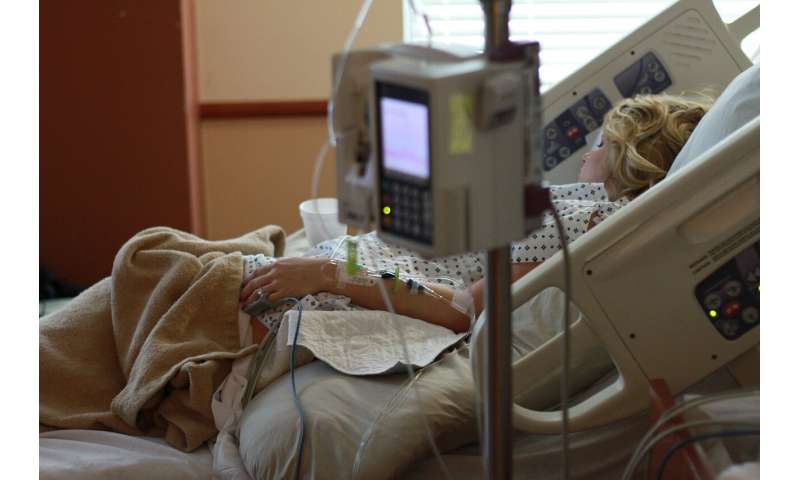Nivolumab combined with ipilimumab safe as first-line therapy for lung cancer patients

Combining the PD-1 immune check point inhibitor nivolumab with the monoclonal antibody ipilimumab showed a consistent safety profile in special populations with advanced non-small cell lung cancer (NSCLC), according to research presented today by at the IASLC 2019 World Conference on Lung Cancer hosted by the International Association for the Study of Lung Cancer.
The research was presented by Dr. Fabrice Barlesi from Aix-Marseille University, Assistance Publique Hôpitaux de Marseille, Marseille, France.
Ipilimumab is a monoclonal antibody that works to activate the immune system by targeting CTLA-4, a protein receptor that downregulates the immune system.
CheckMate 817 was started because data are limited on safety and efficacy of immunotherapy in patients with advanced NSCLC with other comorbidities such as brain metastases, kidney and renal disease and HIV.
Dr. Barlesi and researchers at other sites involved in CheckMate 817 tested two groups of patients who had previously untreated advanced NSCLC. Cohort A1 consisted of 198 patients with an Eastern Cooperative Oncology Group (ECOG) score of PS 2 or ECOG PS 0-1 with asymptomatic untreated brain metastases, hepatic or renal impairment, or HIV. An ECOG PS 2 score indicates the patient is ambulatory and able to take care of themselves but cannot engage in most work activities. An ECOG PS 1 score indicates the patient is ambulatory and able to conduct most activities while a patient with PS 0 has virtually no restrictions.
The other group of patients (Cohort A) totaled 391 and had an ECOG of PS 0-1. Patients with known EGFR mutations or ALK translocations sensitive to available targeted therapy were excluded from both cohorts. Each group received nivolumab flat dose plus ipilimumab weight-based low dose for two years or until the patients achieved disease progression or unacceptable toxicity.
Both groups of patients experienced similar rates of treatment-related adverse events but ORR was 25 percent in cohort A1 and 35 percent in cohort A. Progression-free survival was shorter in cohort A1 than cohort A.
Source: Read Full Article
